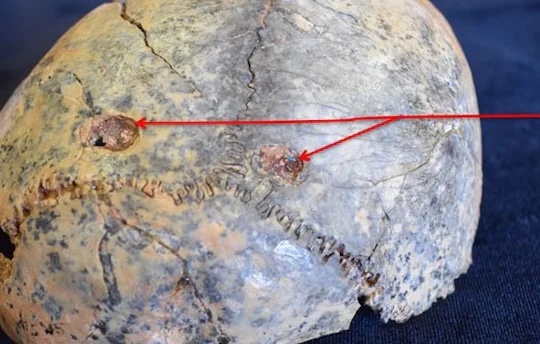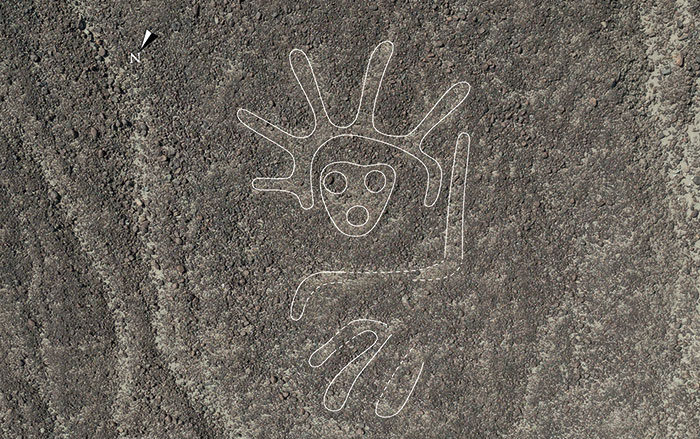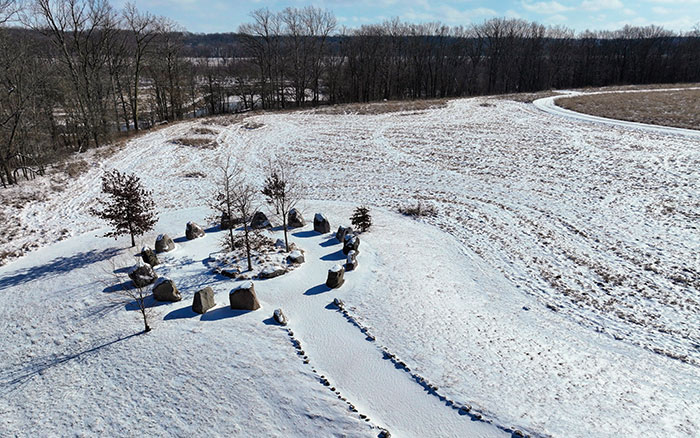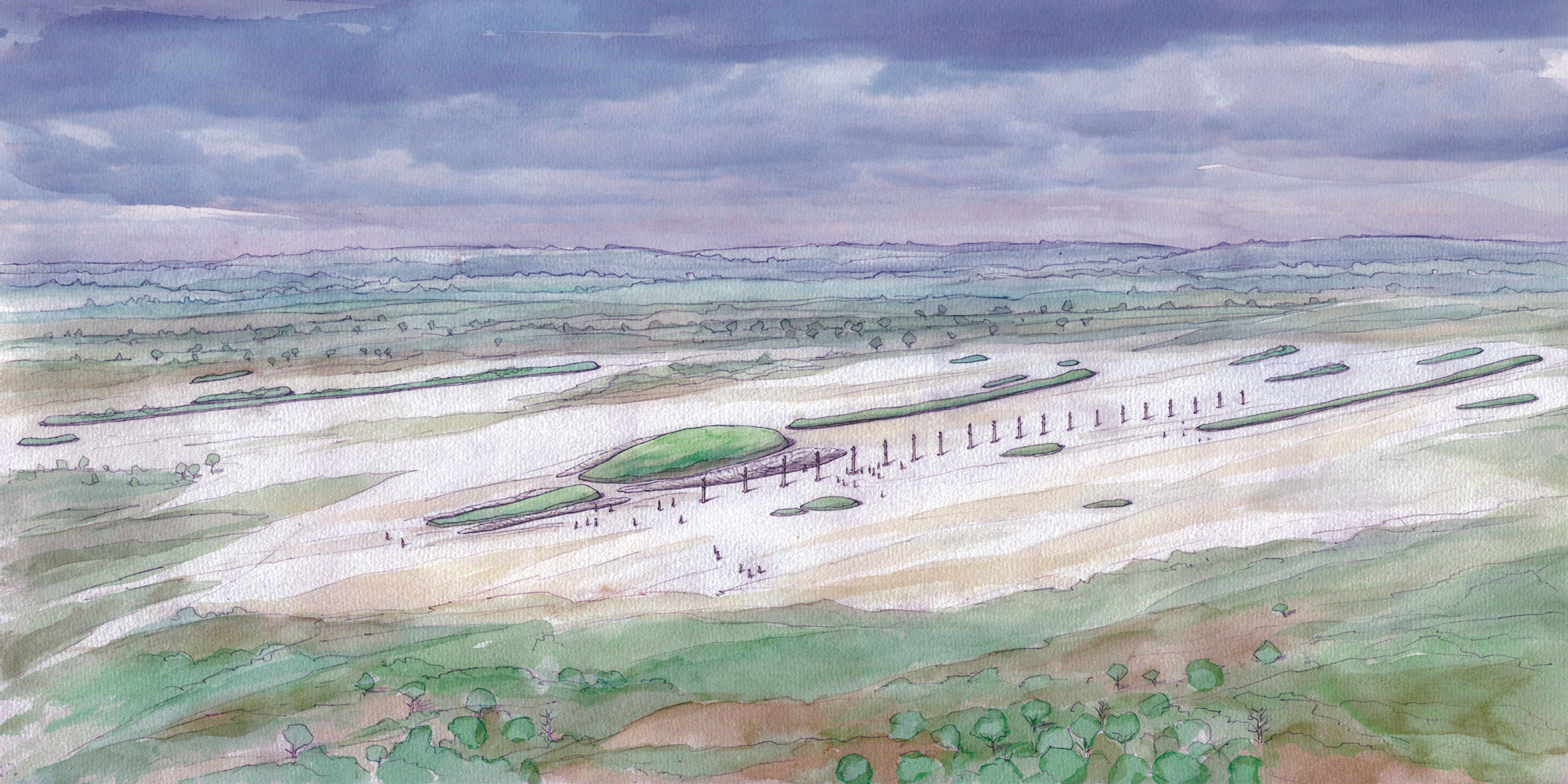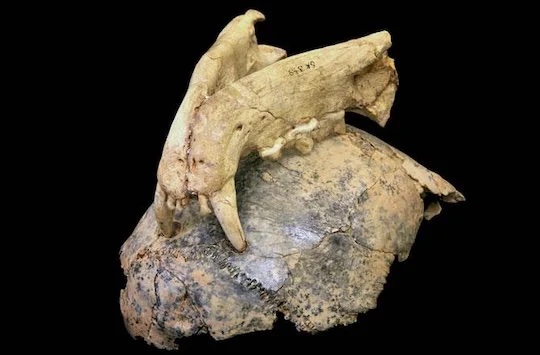
HOUSTON, TEXAS—Analysis of Homo habilis fossils with AI technology suggests that the individuals were consumed by leopards, Live Science reports. Discovered at Olduvai Gorge in Tanzania, the human ancestor remains are known as OH7, a juvenile who lived about 1.8 million years ago, and OH65, an adult who lived some 1.85 million years ago. Previous studies of the fossils suggested that the individuals had been hunted and consumed by an unidentified large carnivore. Manuel Domínguez-Rodrigo of the University of Alcalá and Rice University and his colleagues trained computer deep learning models with hundreds of examples of tooth marks left on bones by hyenas, crocodiles, leopards, and other modern carnivores. The best of these AI systems was then asked to identify test tooth marks on bone, and was found to be more than 90 percent accurate. When shown the marks on the fossilized jaws, the AI system identified the tooth marks on the upper jaw of OH65 and the lower jaw of OH7 as bite marks made by leopards. “The fact that very few pieces of the skeleton survived indicates a high degree of ravaging,” Domínguez-Rodrigo said, which supports the leopard identification. He also thinks that leopards made the kill because as flesh-eaters, the animals would have been uninterested in the Homo habilis remains if another carnivore had already eaten its fill. Read the original scholarly article about this research in Annals of the New York Academy of Sciences. To read about stone tools that predate Homo habilis by 500,000 years, go to "Earliest Stone Tools," one of ARCHAEOLOGY's Top 10 Discoveries of 2015.


